TechRadar Verdict
The TLC 300 may not be Brinno’s most advanced or feature-packed camera, and the rear LCD screen is smaller than on other models, but it’s unbelievably easy to use, and the bright, daylight-readable screen is fantastic for composing shots and setting exposure.
Pros
- +
Easy to use
- +
Tilting lens
- +
Long battery life
Cons
- -
Only captures timelapses
- -
Small screen
- -
Lens is fixed when using the waterproof housing
Why you can trust TechRadar
Two-minute review
Simplicity can be the key to success in many things, and the adage, ‘less is more’ often rings true. The Brinno TLC 300 Timelapse Camera follows this ethos to provide a professional timelapse solution that only shoots timelapses, not videos or regular stills, and makes the process accessible to anyone.
Most camera manufacturers look to pack in as many features as possible to maximize appeal, but the TLC 300’s potential audience typically wants just a few things: ease of use, and the ability to capture timelapse sequences over both long and short durations and in all weather conditions.
The TLC 300 ticks all of these boxes, and is available in several kits, so you can select the option that works best for your intended use. I tested the Brinno BCC300-C Timelapse Camera Kit, which costs $399 / £432 / AU$649 and includes the TLC 300 camera, the waterproof housing, a lens cap, two bungee cords, four AA batteries, a Takeway T1 Clamp Bracket and a 16GB microSD card and SD adaptor.
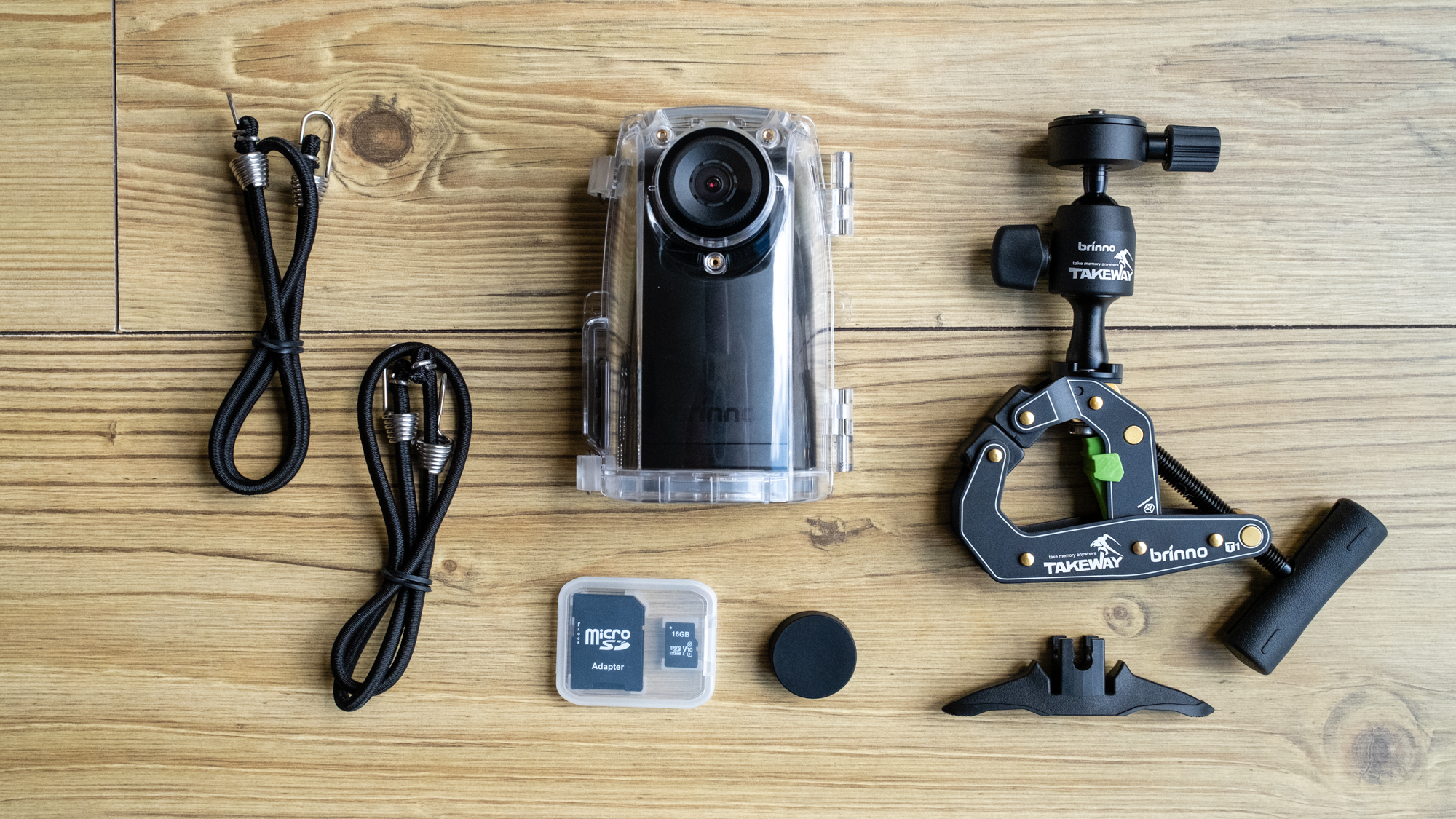

The Brinno TLC 300 & Waterproof Case Timelapse Camera Bundle includes everything except for the Clamp Bracket, and costs $299 / £319 / AU$514. The TLC 300 is available without a waterproof housing for less, but it makes sense to choose a kit that includes this useful accessory for shooting longer timelapses over days, weeks and months, taking advantage of the long battery life.
The TLC 300 runs on four AA batteries that can last up to 100 days when the camera is shooting at five-minute intervals, and it’s easy to obtain replacements or recharge a set. Plus, there’s a battery type option that optimizes battery usage depending on which type of batteries you’re using – alkaline, lithium or rechargeable. The camera can also be powered using an external power source, and the IPX4 waterproof housing has an opening for a micro USB cable to be used. This could reduce the integrity of the waterproof housing, so additional port blocking using Blu Tack or similar may be necessary to avoid water ingress.
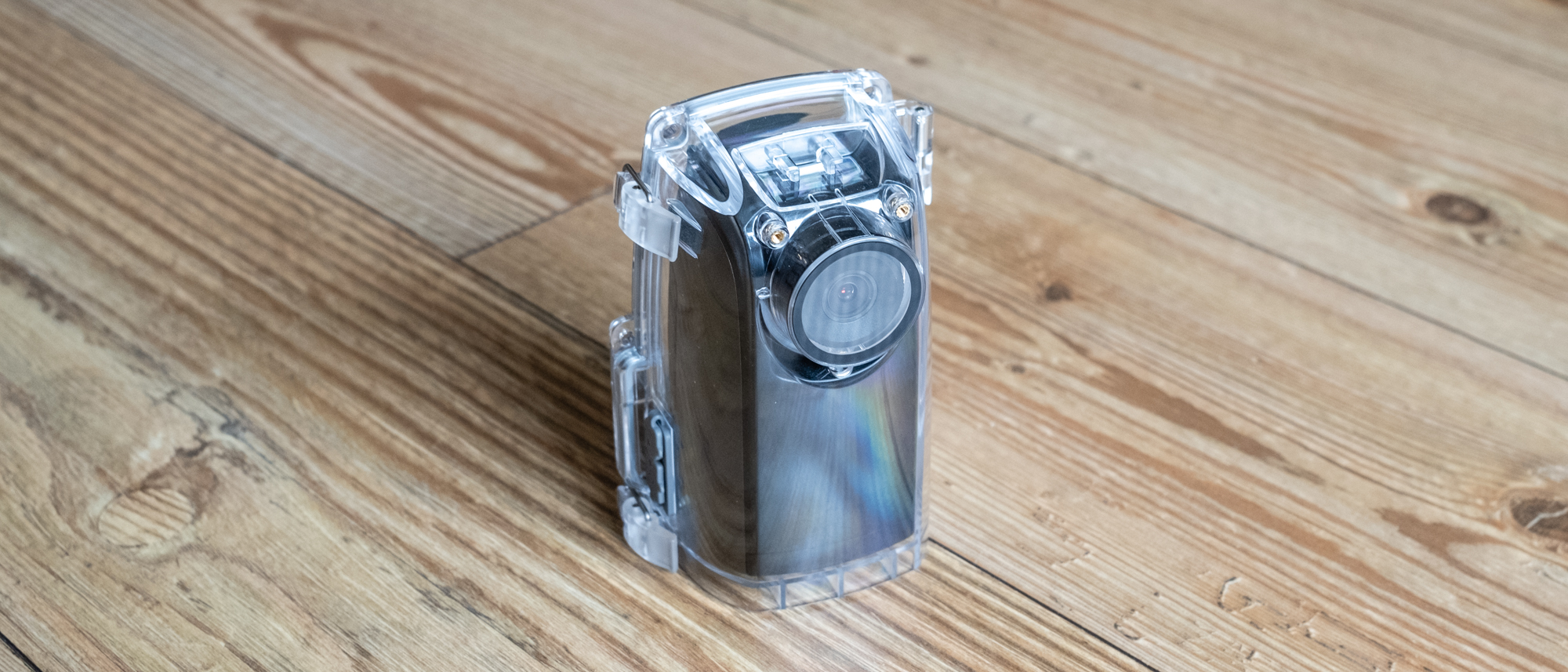

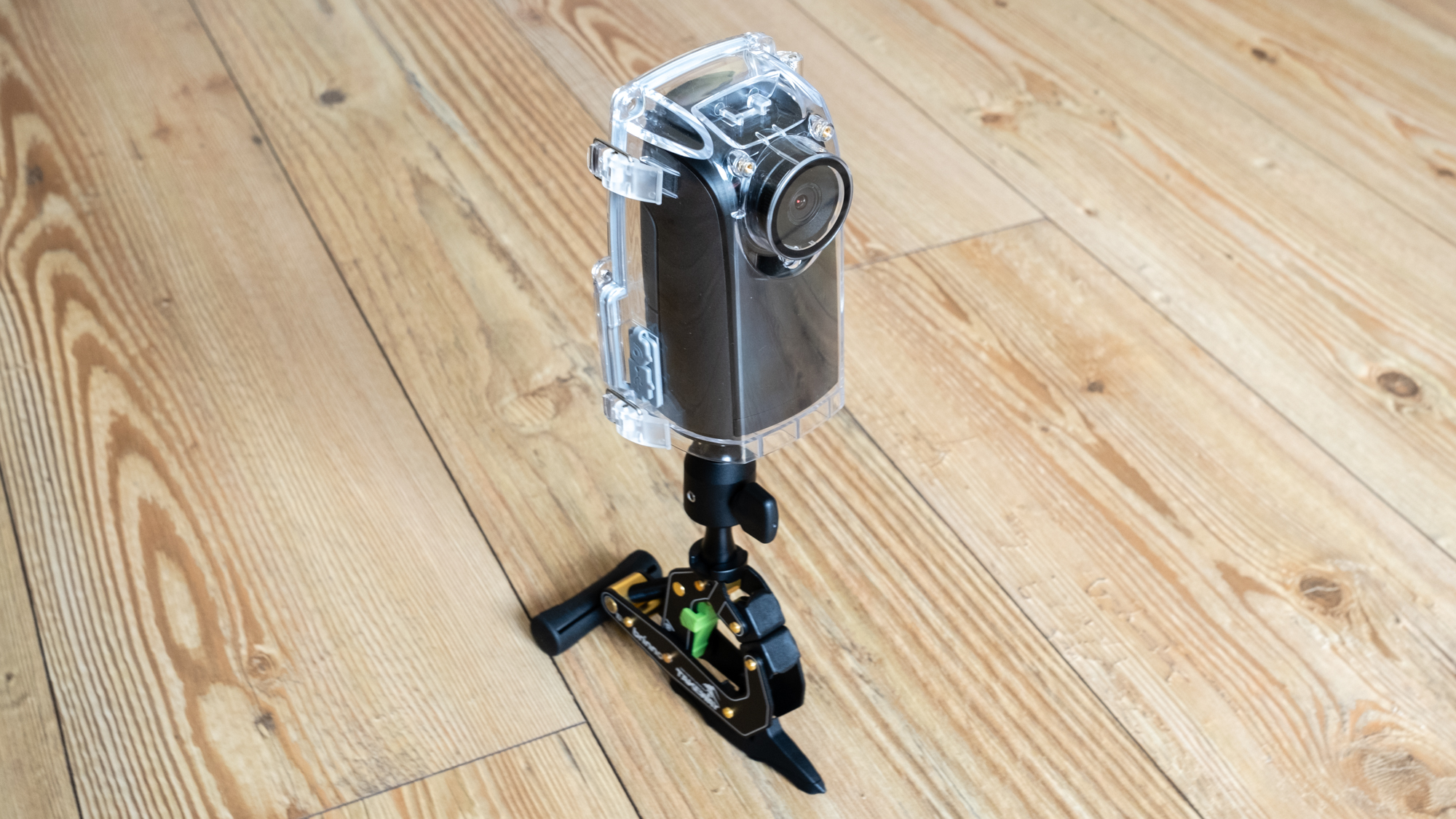

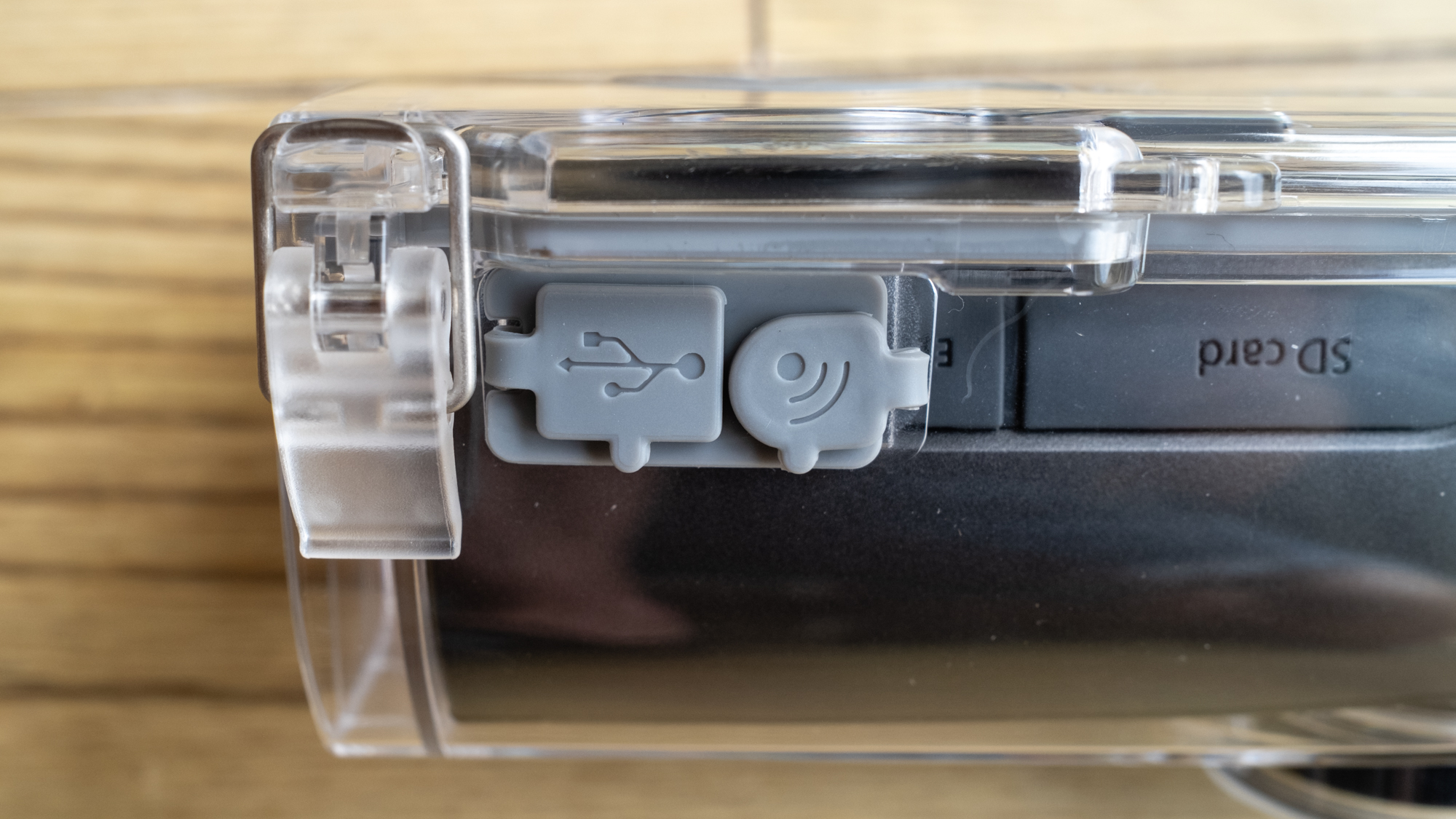
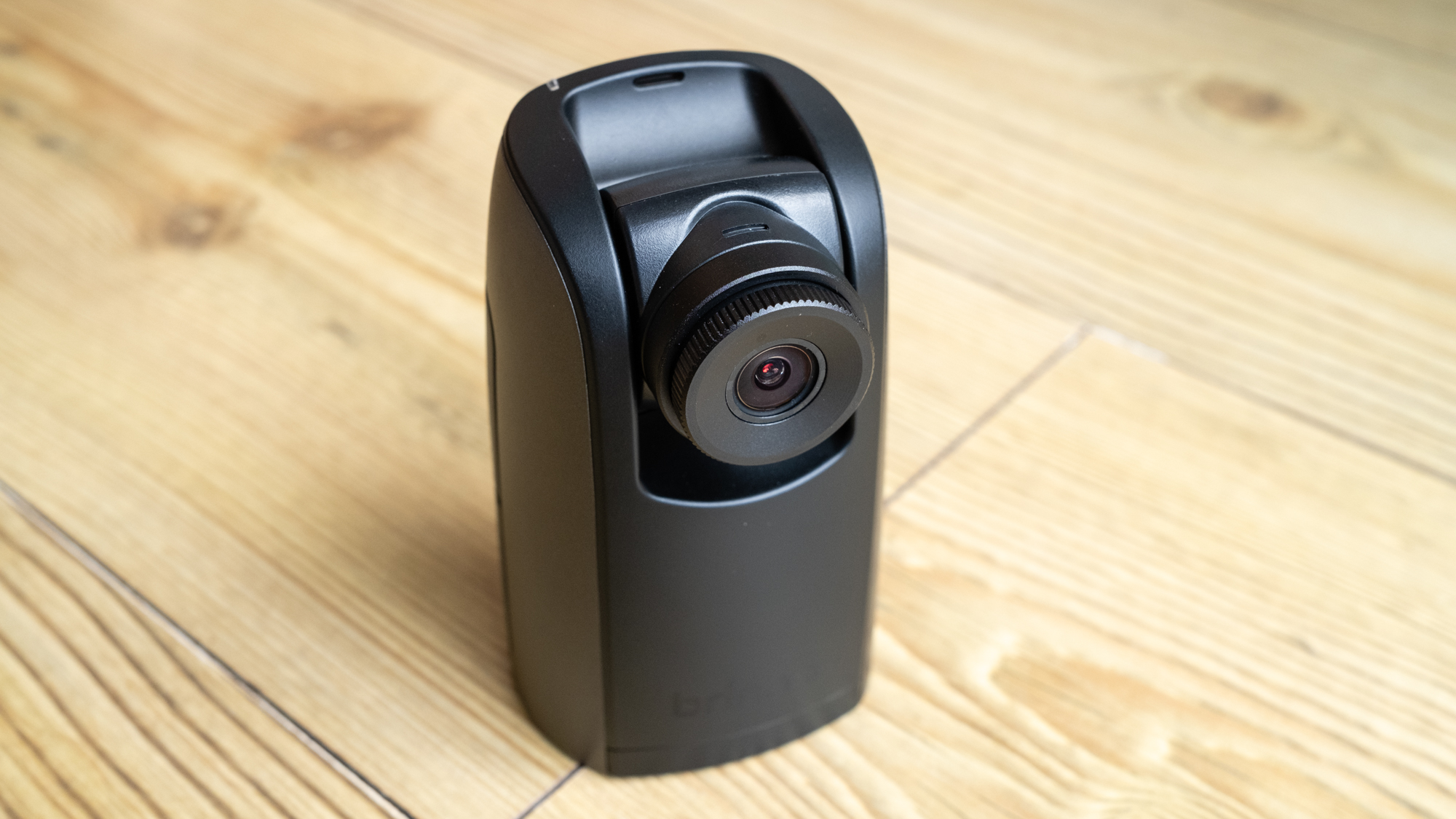
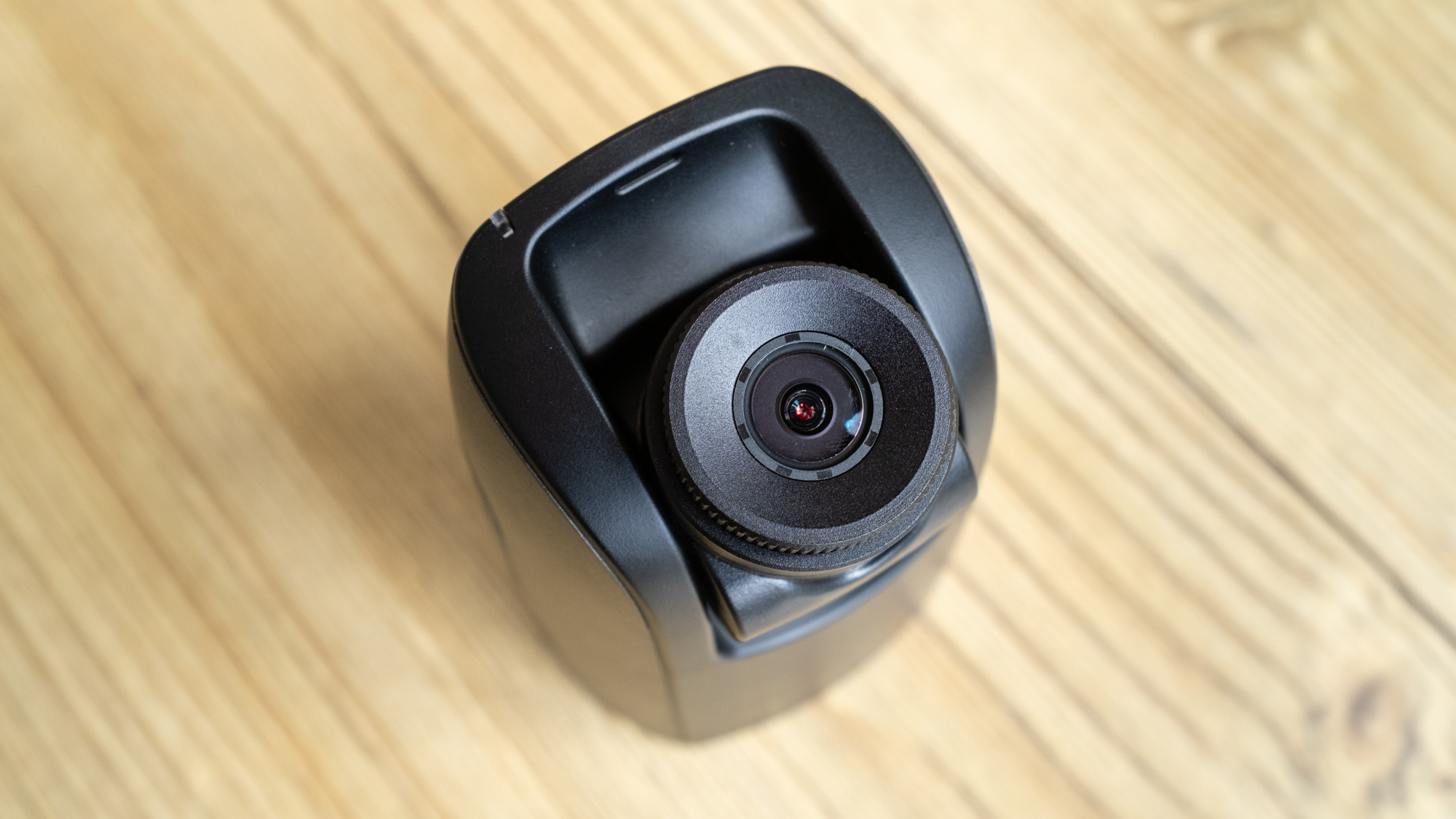
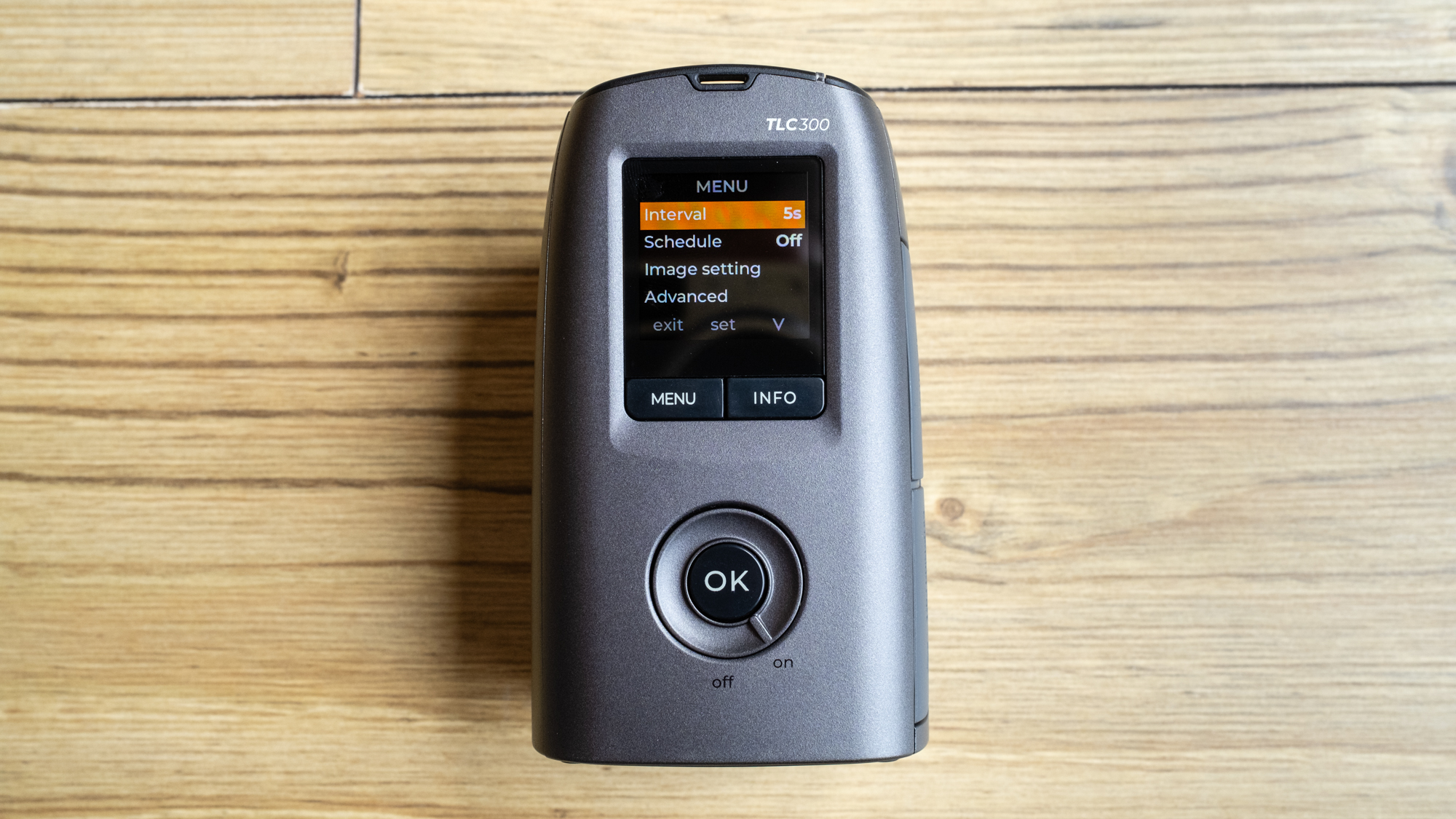
In terms of size, the TLC 300 is small, but larger and heavier than some of Brinno's other timelapse cameras. It’s 2.52 x 2.05 x 4.21 inches / 64 x 52 x 107mm), and weighs 8.1oz / 230g, so although larger and heavier than the more advanced Brinno TLC 2020, it remains highly portable, and small enough to position in a variety of ways, including tripod mounting using the Takeway T1 Clamp Bracket, which comes with a stand section so it can be stood up like a mini tripod as well as being clamped to objects. There are also the bungee cords, which can be used to attach the camera to any object they can be wrapped around.
On the back are several buttons for operation, including an on/off switch, and a 1.44-inch IPS LCD screen for navigating menus, composing shots and adjusting exposure. The screen is small, but it’s bright and easy to view in bright sunlight; and best of all, the exposure you see on the screen is true to what is output in your timelapses. The only niggle with the design is that the on/off switch can’t be used when the waterproof housing is closed, but it’s far from being a problem.
Sign up for breaking news, reviews, opinion, top tech deals, and more.
In terms of features, the TLC 300 is pretty basic, because its sole job is to capture timelapses. Even white balance can’t be adjusted, although there are three shooting modes: Day, Twilight and Night. The camera can also be used with more advanced zoom lenses offering improved image quality; these can be purchased separately, but these can’t be used with the waterproof housing, and were not provided for testing.
An interesting feature that’s rare in the world of timelapse cameras is the ability to tilt the lens up and down, which is great when shooting from high and low positions. The only time when the lens must be set to level/straight ahead is when the camera is placed in the waterproof housing, and in this situation the entire housing can be tilted on the Takeway T1 Clamp Bracket or when used on a tripod.
Brinno TLC 300 timelapse
The TLC 300 is incredibly easy to use – it's possibly the most simple professional timelapse camera available, with the ability to capture timelapses ranging from minutes to months in duration. Longer timelapses can be scheduled on a daily and weekly basis, with start and finish times for each day available, so you’re only capturing during work hours or daylight hours, for instance.
The f/2.0 lens provides a full-frame equivalent focal length of 19mm with a 118-degree field-of-view, with some fish-eye distortion. Image quality is good, and the auto-only white balance works well, but image quality isn't at the level of a smartphone or a mirrorless camera, although this is common with these types of cameras, which are typically more robust than standard cameras when used with a waterproof housing, as well as being able to shoot for months at a time with precise scheduling. Intervals vary between one second to 30 minutes and custom in Day exposure mode, three seconds to 30 minutes and custom in Twilight mode, and 10 seconds to 30 minutes and custom in Night mode. You can use the custom modes to set longer intervals than the default options.
Should I buy the Brinno TLC 300 Timelapse Camera?

Buy it if...
You need a simple timelapse solution
The TLC 300 is about as simple as you can get in terms of operation, and even an absolute photography beginner could use it. Even the scheduling feature is simple to set up and activate for longer-term projects, and sequences are output stitched together.
You need to shoot timelapses in all weather
Most cameras of this type are either waterproof or are available with a waterproof housing or silicone case to provide water resistance. This allows them to be used in most weather conditions, although many, including the TLC 300, only operate down to 28F / 0C.
You need a tilting lens
The TLC 300 is unique in that it has a tilting lens, which is great for shooting from low angles or higher vantage points, where the camera itself can’t be tilted due to how it’s being supported. The lens cannot, however, be tilted when the camera is in the waterproof housing.
Don't buy it if...
You require 4K timelapses
With a resolution of 1080p, if you require 4K timelapses you’ll have to look for an alternative solution. The Enlaps Tikee 3 Pro+ offers more features, and can capture in 6K, but it's much more expensive.
You need additional shooting modes
If you want a timelapse camera that can also shoot photos, videos and stop motion, the Brinno TLC 2020 provides this functionality for a slightly higher cost than the TLC 300.
You need wireless or remote control
The TLC 300 operates using button controls, with no wireless or remote control available, so if you require app-based or even network-based control, consider the ATLI EON and Enlaps Tikee.
How I tested the Brinno TLC 300 Timelapse Camera
The Brinno TLC 300 Timelapse Camera was tested over several days in different locations to see how it coped with different weather conditions and environments. The sole function of this camera is shooting timelapses, so the focus of testing was on this functionality.
The timelapses captured ranged from 30 minutes to several hours depending on the interval frequency. It wasn't possible to test capture over extended periods, so long-term scheduling functionality was set up and started to test ease of use and reliability.
I have nearly 30 years of photography experience and have spent 15 years working as a photography journalist, and I’ve shot many timelapses using mirrorless cameras and DSLRs. Shooting with a dedicated timelapse camera was much easier, and provided straight out-of-camera sequences, without the need to process photos and convert them into a timelapse.
First reviewed June 2023

James Abbott is a professional photographer and freelance photography journalist. He contributes articles about photography, cameras and drones to a wide range of magazines and websites where he applies a wealth of experience to testing the latest photographic tech. James is also the author of ‘The Digital Darkroom: The Definitive Guide to Photo Editing’.